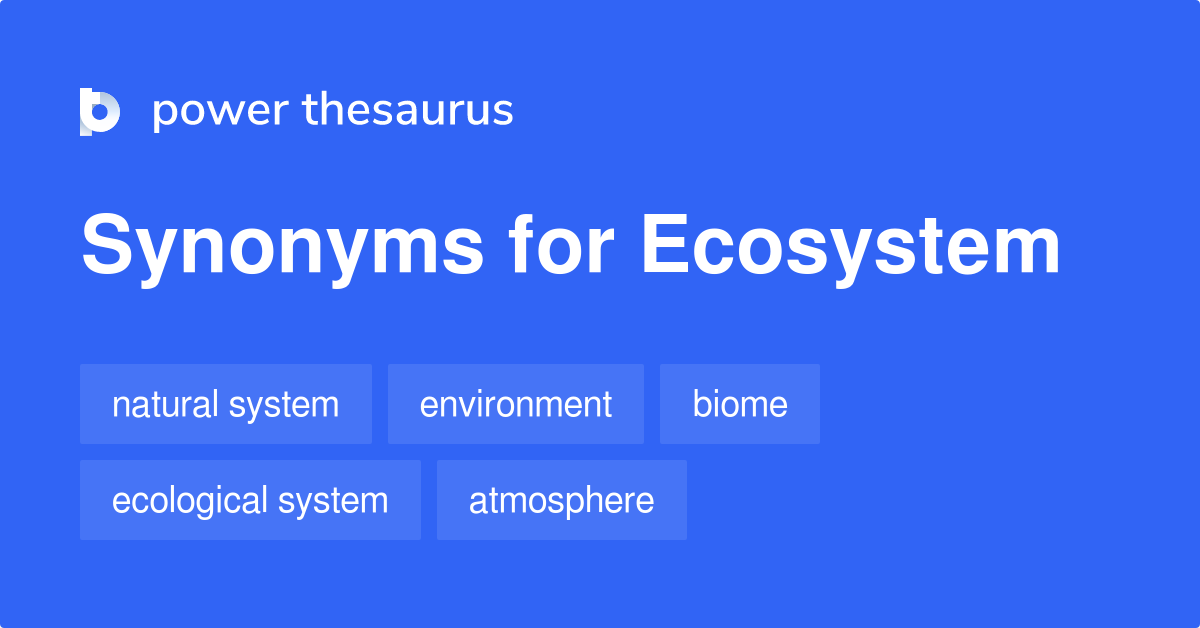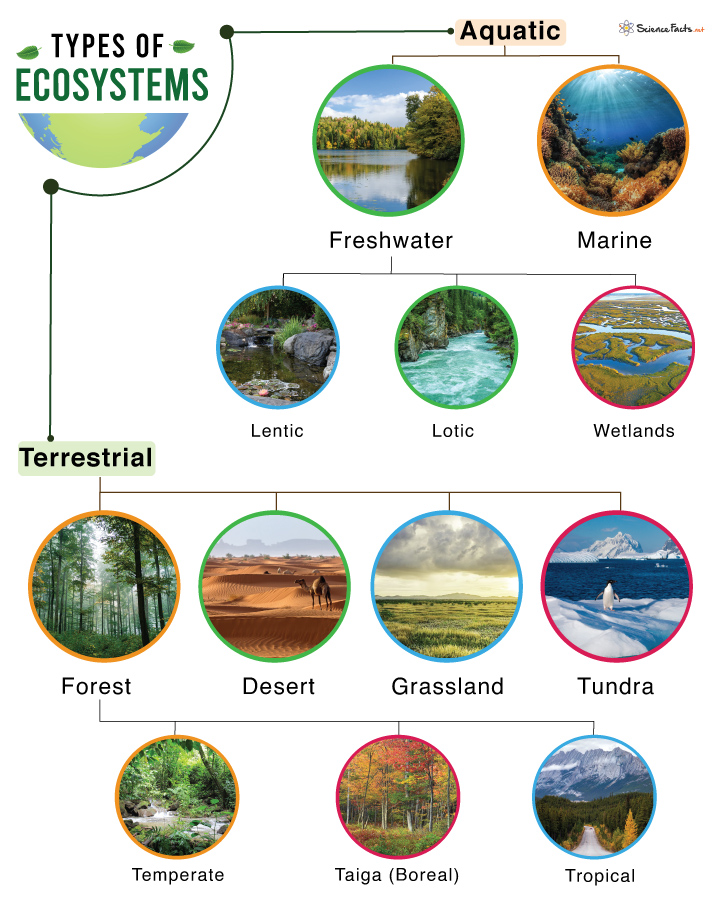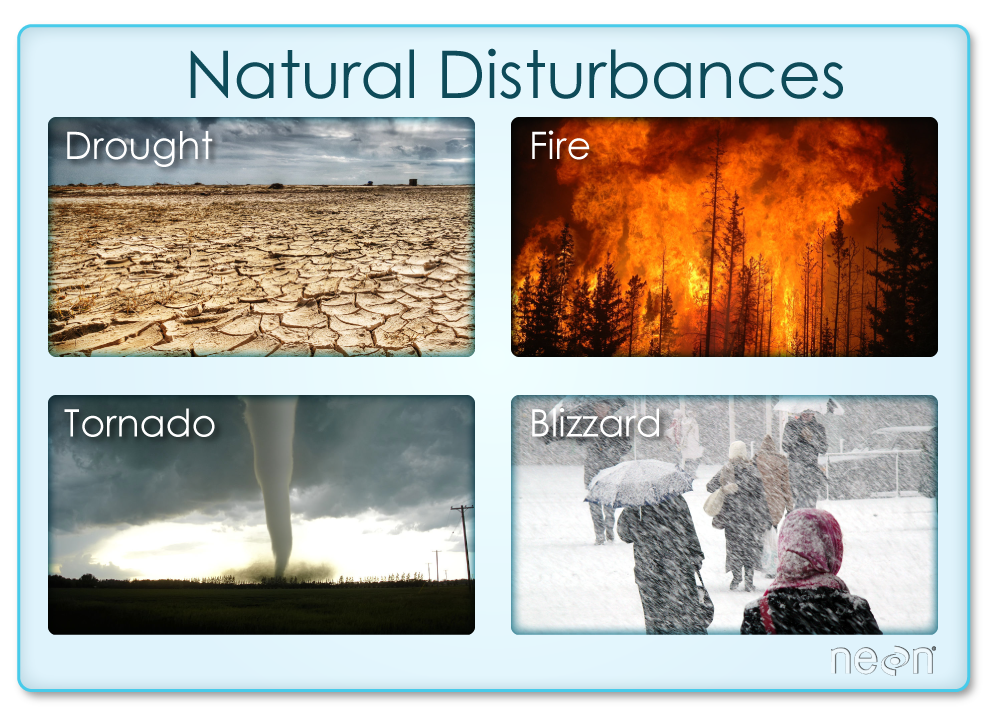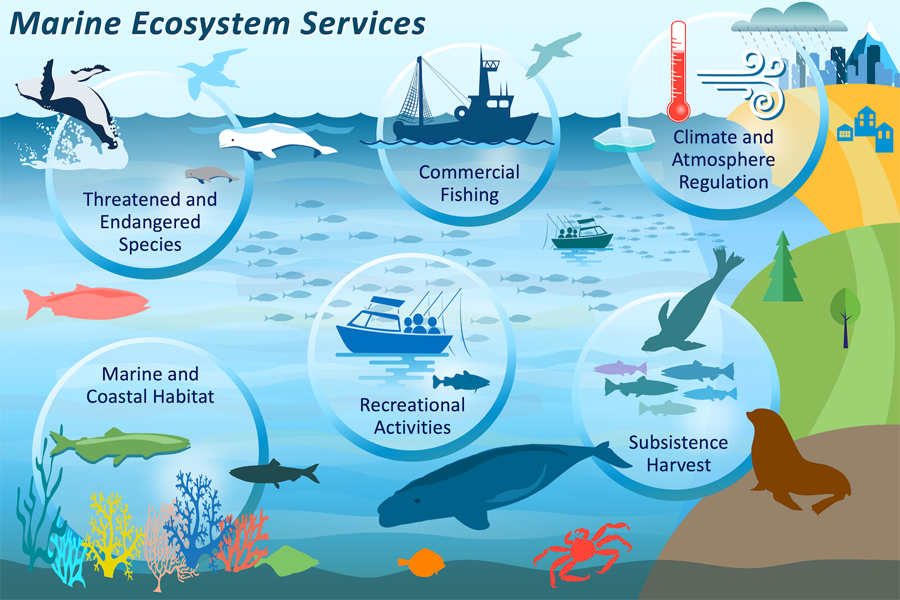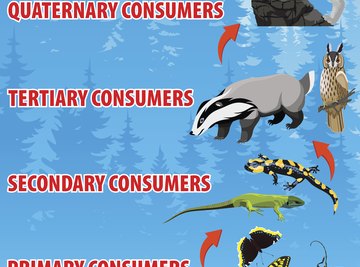Topic biology definition ecosystem: Discover the fascinating world of ecosystems, where life interconnects in complex webs. Unravel the biology definitions that explain how diverse organisms coexist and thrive on our planet.
Table of Content
- What is the definition of an ecosystem in biology?
- Understanding Ecosystems: An Overview
- Key Components of Ecosystems: Biotic and Abiotic Elements
- Different Types of Ecosystems: Terrestrial, Aquatic, and More
- The Role of Energy Flow and Nutrient Cycles in Ecosystems
- Importance of Ecosystems: Biodiversity and Human Well-being
- Threats to Ecosystems: Climate Change, Pollution, and Habitat Destruction
- YOUTUBE: What Is An Ecosystem?
- Ecosystem Conservation and Restoration Efforts
- Case Studies: Examples of Ecosystem Dynamics and Management
- Emerging Research in Ecosystem Science
What is the definition of an ecosystem in biology?
An ecosystem is a complex system that involves the interaction between living organisms, their environment, and the various biotic and abiotic factors. It can be defined as a geographic area where plants, animals, and other organisms coexist and interact with each other and their surroundings.
The concept of an ecosystem was introduced by the ecologist Arthur Tansley in 1935. It describes the functional and structural unit of ecology, where the different components are interconnected and influence each other\'s existence and behavior.
Here are some key points about ecosystems:
- Components: Ecosystems consist of biotic components (living organisms) such as plants, animals, fungi, bacteria, etc., and abiotic components (non-living factors) such as climate, soil, water, sunlight, temperature, etc.
- Interactions: Within an ecosystem, organisms interact with each other through various ecological relationships, such as predation, competition, mutualism, and symbiosis.
- Energy Flow: Ecosystems rely on the flow of energy, typically from the sun, which is captured by producers (plants) through photosynthesis. This energy is then transferred through the food chain as organisms consume each other.
- Nutrient Cycling: Ecosystems also involve the cycling of nutrients, where elements such as carbon, nitrogen, and phosphorus are recycled and reused by different organisms through processes like decomposition and nutrient uptake.
- Levels: Ecosystems can exist at different scales, ranging from small microhabitats like a pond to large biomes such as tropical rainforests or oceans.
- Dynamics: Ecosystems are dynamic and can change over time due to natural disturbances, human activities, or ecological succession.
Understanding ecosystems and their functioning is crucial for studying and managing biodiversity, ecological balance, and the impact of human activities on the environment. It helps in assessing the health and stability of ecosystems and developing strategies for conservation and sustainable resource management.
READ MORE:
Understanding Ecosystems: An Overview
An ecosystem is a dynamic complex of plant, animal, and microorganism communities and their non-living environment, interacting as a functional unit. This foundational concept in biology highlights the intricate connections that sustain life on Earth. Ecosystems vary in size from tiny (like a pond) to large (like a forest or desert).
- Biotic Components: These are the living elements of an ecosystem, including plants, animals, and microorganisms. They are categorized into producers, consumers, and decomposers, each playing a vital role in the ecosystem"s energy flow and nutrient cycles.
- Abiotic Components: These include all non-living factors such as water, soil, air, temperature, and sunlight, which significantly influence living organisms" survival and growth.
- Energy Flow: Ecosystems are characterized by the flow of energy from the sun to producers (plants) and then to consumers (animals) and decomposers, forming a food chain or web.
- Nutrient Cycles: Essential elements like carbon, nitrogen, and phosphorus cycle through both biotic and abiotic components, supporting life processes.
Ecosystems maintain a delicate balance, with each component playing a critical role in sustaining life. Changes in abiotic or biotic components can significantly affect the ecosystem"s health and functionality.

Key Components of Ecosystems: Biotic and Abiotic Elements
Ecosystems consist of biotic and abiotic components that interact in complex ways to sustain life. Understanding these components is essential for grasping how ecosystems function and maintain balance.
- Biotic Components: These are the living parts of an ecosystem. They include:
- Producers (Autotrophs): Organisms that synthesize their own food from inorganic substances using light or chemical energy, such as plants and algae.
- Consumers (Heterotrophs): Organisms that cannot synthesize their own food and need to consume other organisms, including herbivores, carnivores, and omnivores.
- Decomposers: Microorganisms and fungi that break down dead organisms, releasing nutrients back into the environment.
- Abiotic Components: These are the non-living physical and chemical elements in an ecosystem. They include:
- Water: Essential for all living organisms; it"s a medium for chemical reactions and a habitat for aquatic life.
- Soil: Supports plant life and houses many microorganisms; its composition affects the types of plants that can grow.
- Air: Provides oxygen for respiration and carbon dioxide for photosynthesis.
- Light: The primary energy source for photosynthesis, influencing the productivity of ecosystems.
- Temperature: Influences the metabolic rates of organisms and the distribution of ecosystems on Earth.
Together, these biotic and abiotic components form a network of interactions that sustain ecosystems. The balance between these components determines the health and productivity of the ecosystem.
Different Types of Ecosystems: Terrestrial, Aquatic, and More
Ecosystems on Earth are diverse, categorized primarily into terrestrial and aquatic types, each with unique characteristics and life forms. Understanding these types helps us appreciate the planet"s biodiversity and the importance of conservation efforts.
- Terrestrial Ecosystems: These are land-based ecosystems. Major types include:
- Forests: Rich in biodiversity, forests can be tropical, temperate, or boreal, each supporting diverse plant and animal life.
- Deserts: Characterized by low precipitation, extreme temperatures, and specialized plants and animals adapted to arid conditions.
- Grasslands: Dominated by grasses, they are found in regions with more moisture than deserts but not enough to support large forests.
- Tundra: Found in the highest latitudes and altitudes, characterized by a cold, harsh climate, and a short growing season.
- Aquatic Ecosystems: These ecosystems are water-based and are divided into freshwater and marine types:
- Freshwater Ecosystems: Including rivers, lakes, streams, ponds, and wetlands, these ecosystems are vital for the water cycle and biodiversity.
- Marine Ecosystems: Covering over 70% of the Earth"s surface, these include oceans, coral reefs, and estuaries, hosting a wide range of life forms.
- Other Ecosystems: In addition to terrestrial and aquatic ecosystems, there are unique types such as:
- Urban Ecosystems: Created by humans, these include cities and towns, with their own distinct interactions between living and non-living components.
- Artificial Ecosystems: These are man-made systems like agricultural land, which are managed to produce specific resources.
Each ecosystem type plays a critical role in maintaining the Earth"s environmental balance, supporting various forms of life and ecosystems services that are essential for our survival.

The Role of Energy Flow and Nutrient Cycles in Ecosystems
Energy flow and nutrient cycles are fundamental processes that drive the functioning of ecosystems, ensuring the survival of organisms and the maintenance of biodiversity. These processes highlight the dynamic nature of ecosystems and their dependency on both biotic and abiotic components.
- Energy Flow: Energy in an ecosystem flows from the sun to producers (autotrophs) and then to consumers (heterotrophs) and decomposers in a linear path known as a food chain, or a more complex food web. This flow of energy is crucial for the survival of all organisms as it drives the biological processes necessary for life.
- Photosynthesis: Producers convert solar energy into chemical energy through photosynthesis, forming the base of the food chain.
- Trophic Levels: Energy is transferred from producers to various levels of consumers (primary, secondary, tertiary) and eventually to decomposers, with some energy lost as heat at each level.
- Nutrient Cycles: Nutrients such as carbon, nitrogen, and phosphorus cycle through ecosystems, moving between soil, water, and organisms. These cycles are essential for the synthesis of organic molecules, such as DNA, proteins, and fats, which are crucial for life.
- Carbon Cycle: Involves the exchange of carbon among the biosphere, pedosphere, geosphere, hydrosphere, and atmosphere of the Earth.
- Nitrogen Cycle: Nitrogen is converted into multiple chemical forms as it circulates among the atmosphere, terrestrial, and marine ecosystems.
- Phosphorus Cycle: Phosphorus moves in a cycle through rocks, water, soil, and sediments and into living organisms.
Together, energy flow and nutrient cycles form the backbone of ecosystem dynamics, supporting life processes and contributing to the resilience and stability of ecosystems.
Importance of Ecosystems: Biodiversity and Human Well-being
Ecosystems play a crucial role in maintaining biodiversity and supporting human well-being. They provide a wide range of ecosystem services that are essential for survival, economic prosperity, and cultural enrichment.
- Support for Biodiversity: Ecosystems are home to a vast array of species, contributing to the planet"s biodiversity. This diversity of life forms ensures the resilience of ecosystems and their ability to adapt to changes.
- Genetic Diversity: Promotes resilience and adaptability of species to environmental changes and diseases.
- Species Diversity: Enhances ecosystem productivity and stability, ensuring a wider range of natural services.
- Ecosystem Diversity: Offers a variety of habitats, contributing to the overall health of the planet.
- Provisioning Services: Ecosystems provide essential goods such as food, fresh water, wood, and fiber, all of which are foundational to human survival and economic activities.
- Food Production: Natural habitats are vital for agriculture and fisheries, which are primary food sources.
- Medicinal Resources: Many pharmaceuticals are derived from compounds found in plants and animals within diverse ecosystems.
- Regulating Services: Ecosystems regulate climate, diseases, water purification, and pollination, among other processes, directly impacting human health and well-being.
- Climate Regulation: Forests and oceans act as carbon sinks, mitigating the effects of climate change.
- Water Purification: Wetlands filter pollutants, maintaining clean water supplies.
- Cultural Services: Natural environments serve as sources of inspiration, recreation, and spiritual enrichment, significantly contributing to human mental and physical health.
- Recreational Areas: Parks and natural reserves offer spaces for leisure and physical activities.
- Spiritual and Educational Value: Nature has been a source of inspiration and learning for cultures around the world.
The preservation of ecosystems and their biodiversity is not just about protecting the environment; it"s about ensuring a sustainable future for all species, including humans.

Threats to Ecosystems: Climate Change, Pollution, and Habitat Destruction
Ecosystems face numerous threats that can lead to loss of biodiversity and degradation of natural services essential for life on Earth. Understanding these threats is the first step toward mitigating their impact and preserving our planet"s health.
- Climate Change: One of the most significant global threats, climate change affects ecosystems by altering temperature and precipitation patterns. This can lead to species migration, changes in species composition, and increased vulnerability to pests and diseases.
- Rising Temperatures: Affect the distribution of many species and can lead to coral bleaching and forest dieback.
- Changing Precipitation Patterns: Can result in droughts or floods, affecting freshwater systems and agriculture.
- Pollution: Contaminants in the air, water, and soil can have devastating effects on ecosystems.
- Water Pollution: From industrial discharge, agricultural runoff, and untreated sewage can lead to eutrophication and loss of aquatic life.
- Air Pollution: Acid rain and particulate matter can damage forests and aquatic ecosystems, affecting plant and animal health.
- Habitat Destruction: The conversion of natural landscapes for agriculture, urban development, and mining leads to the fragmentation and loss of habitats.
- Deforestation: Results in loss of biodiversity and is a major contributor to climate change.
- Urbanization: Encroaches on natural habitats, leading to loss of species and ecosystem services.
- Invasive Species: Non-native species introduced to new areas can outcompete native species for resources, leading to loss of biodiversity.
- Overexploitation: Excessive hunting, fishing, and harvesting of natural resources can lead to species extinction and ecosystem imbalance.
Addressing these threats requires global cooperation, sustainable practices, and conservation efforts to ensure the resilience and continued provision of ecosystem services.
What Is An Ecosystem?
Explore the wonders of our intricate and fascinating ecosystem in this captivating video! Journey through breathtaking landscapes and witness the delicate balance of life that thrives within. Prepare to be inspired by the beauty and resilience of nature!
Ecosystem Definition and Example in Biology
Dive into the world of definitions with this enlightening video! Discover the power of words and their ability to shape our understanding of the world. Experience the excitement of learning new concepts and expanding your knowledge in a engaging and entertaining way!
Ecosystem Conservation and Restoration Efforts
Conservation and restoration of ecosystems are critical to reversing the damage caused by human activity and ensuring the sustainability of our planet for future generations. These efforts aim to protect biodiversity, enhance ecosystem services, and maintain ecological balance.
- Protected Areas: Establishing national parks, reserves, and wildlife sanctuaries to safeguard habitats and species from exploitation and development.
- Restoration Projects: Initiatives like reforestation, wetland restoration, and coral reef rehabilitation aim to restore degraded ecosystems to their natural state.
- Reforestation: Planting trees to rebuild forest ecosystems, increase carbon sequestration, and restore habitat for wildlife.
- Wetland Restoration: Reestablishing the natural water flow and vegetation of wetlands to improve water quality and biodiversity.
- Community Involvement: Engaging local communities in conservation efforts through education and participatory projects to ensure sustainable use of natural resources.
- Legislation and Policies: Implementing laws and policies that protect endangered species and habitats, regulate pollution, and promote sustainable development.
- International Agreements: Global cooperation through treaties like the Convention on Biological Diversity (CBD) and the Paris Agreement on climate change to address environmental challenges collectively.
- Scientific Research: Conducting research to better understand ecosystems, their functions, and the impacts of human activities, informing effective conservation and restoration strategies.
Through these concerted efforts, it is possible to mitigate environmental damage, preserve the Earth"s natural heritage, and ensure a healthy and resilient planet for future generations.
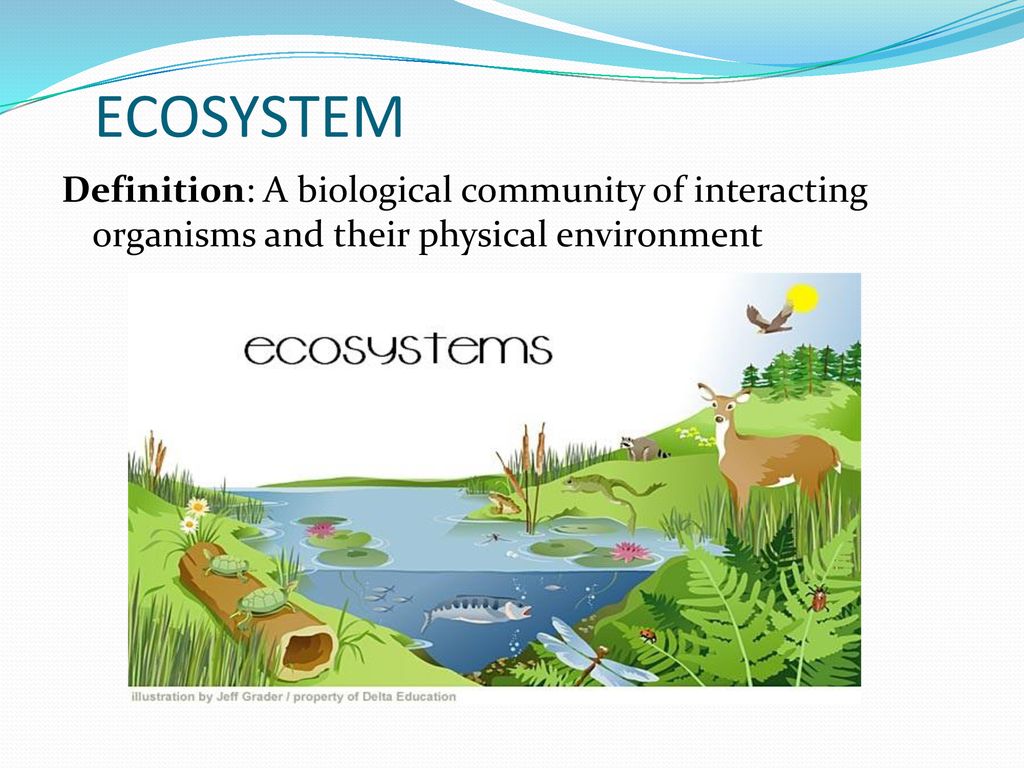
Case Studies: Examples of Ecosystem Dynamics and Management
Exploring case studies of ecosystem dynamics and management provides valuable insights into the complexity of ecosystems and the effectiveness of various conservation strategies. These examples highlight the interconnectedness of biotic and abiotic components and the impact of human actions on ecosystem health.
- The Amazon Rainforest: Often referred to as the "lungs of the Earth," this vast tropical forest plays a critical role in global carbon dioxide absorption and biodiversity conservation. Efforts to combat deforestation and promote sustainable practices are crucial for its preservation.
- The Great Barrier Reef: The world"s largest coral reef system faces threats from climate change, pollution, and overfishing. Conservation projects focus on water quality improvement, species protection, and resilience building against climate impacts.
- Serengeti National Park: This African ecosystem is renowned for its wildlife and annual migration patterns. Management practices include anti-poaching efforts, habitat restoration, and balancing human-wildlife conflicts.
- The Chesapeake Bay: Efforts to restore this largest estuary in the United States focus on reducing pollution, restoring habitats, and improving water quality, showcasing the challenges and successes in watershed management.
These case studies demonstrate the importance of integrated management approaches that consider ecological, social, and economic factors to ensure the sustainability and resilience of ecosystems worldwide.
READ MORE:
Emerging Research in Ecosystem Science
Advancements in ecosystem science are crucial for understanding the complexities of natural environments and developing strategies for conservation and sustainable management. Emerging research focuses on several innovative areas, reflecting the dynamic nature of ecosystem studies.
- Climate Change Impacts: Studies on how changing climates affect ecosystem dynamics, species distribution, and biodiversity. Research aims to predict future changes and develop adaptation strategies.
- Ecosystem Services Valuation: Efforts to quantify the economic value of ecosystem services to better inform conservation and land-use planning. This includes assessing the benefits of clean water, air, and biodiversity to human societies.
- Restoration Ecology: Developing methods to restore degraded ecosystems to their natural state. This includes techniques for reforestation, wetland restoration, and rehabilitation of marine ecosystems.
- Conservation Technology: The use of technology, such as remote sensing, GIS, and bioinformatics, to monitor ecosystems, track wildlife, and assess changes over time. These tools are vital for effective conservation management.
- Urban Ecology: Exploring the interactions between humans and natural systems in urban settings. Research focuses on improving green spaces, reducing pollution, and enhancing urban biodiversity.
- Ecological Modelling: Using mathematical models and simulations to understand ecosystem processes and predict the effects of environmental changes. This helps in decision-making for ecosystem management and conservation.
These emerging areas of research underscore the importance of interdisciplinary approaches to address the challenges facing ecosystems worldwide. By advancing our understanding of ecosystem science, we can better protect and sustain the natural world for future generations.
Exploring ecosystems reveals the intricate web of life that sustains our planet. Understanding ecosystem dynamics empowers us to protect biodiversity and ensure a harmonious future for all living beings.

